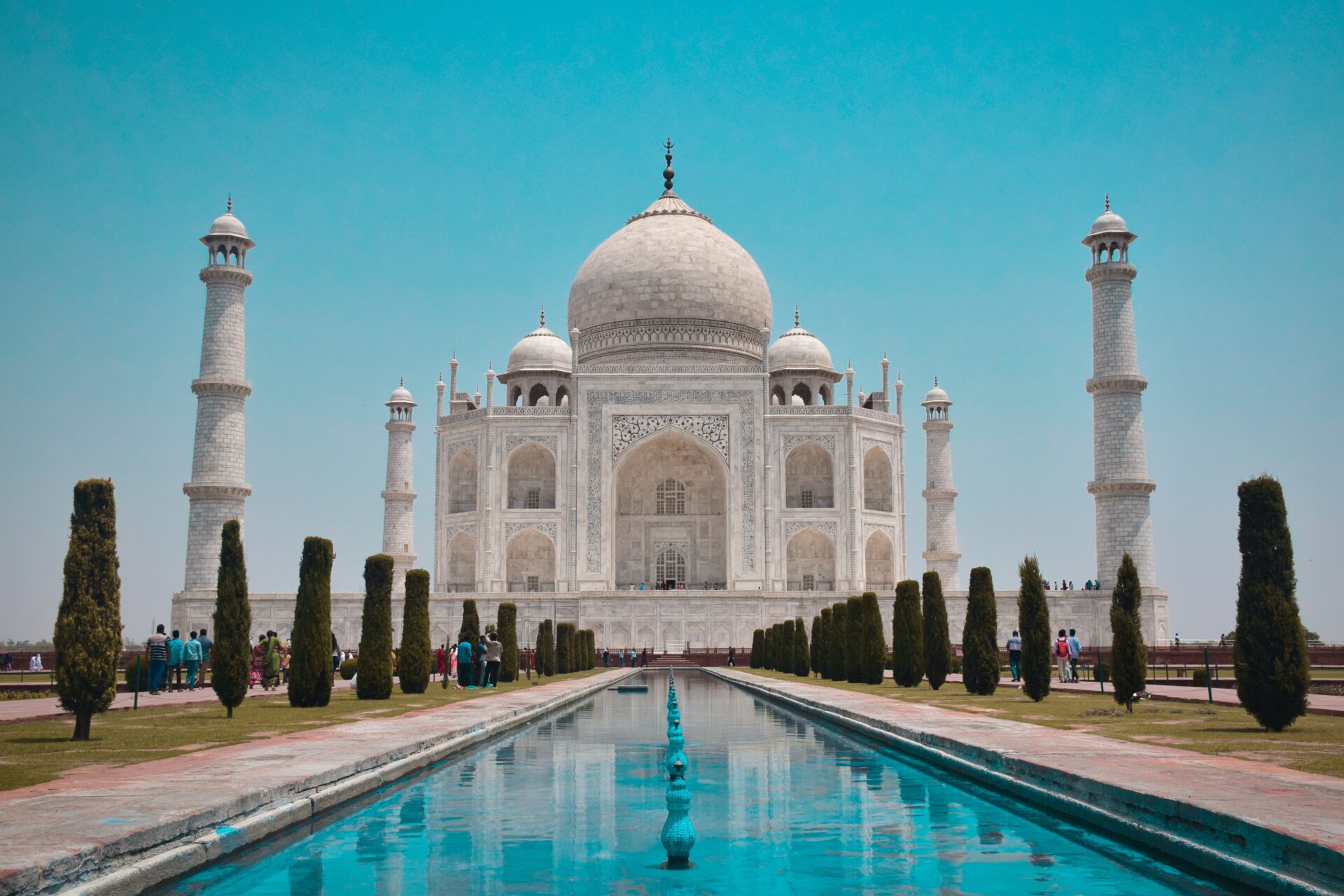"Shah Jahan, the ruler of the World, said to his beloved, 'Stray not far from this garden. I am an old man and cannot walk, my love.' And the young queen said, 'Let us build a tomb here, the world Has never seen such beauty as this.'" - Rabindranath Tagore, "Gitanjali"
Introduction
Taj Mahal, the iconic monument of love, is a world-famous structure located in the Indian city of Agra. Built by Mughal Emperor Shah Jahan in memory of his beloved wife Mumtaz Mahal, the Taj Mahal attracts millions of visitors every year. While the Taj Mahal is known for its stunning architecture and intricate details, it also features several visual illusions that have fascinated visitors for centuries. In this article, we will explore some of the most intriguing visual illusions in Taj Mahal.
The False Entrance
The Taj Mahal features a false entrance, which is located on the western side of the monument. This entrance was created to balance the design of the monument and is not functional. However, this false entrance has created an interesting visual illusion. When viewed from a particular angle, the entrance appears to be a real entrance, leading to an unknown destination.

The Multiple Reflections
The Taj Mahal features several pools of water, including the famous reflecting pool. When viewed from a particular angle, the pool creates a stunning reflection of the monument. However, the reflecting pool is not the only pool that creates reflections. There are several other pools in the complex that create multiple reflections of the monument. This creates a unique and mesmerizing visual effect, which has captivated visitors for centuries.
The Inverted Lotus
The lotus is a significant motif in Islamic architecture and is used extensively in the design of Taj Mahal. One of the most intriguing illusions in Taj Mahal is the inverted lotus. When viewed from a particular angle, the lotus appears to be upside down. This is due to the clever use of shadows and light, which creates the illusion of an inverted lotus.

The Floating Dome
Another interesting visual illusion in Taj Mahal is the floating dome. When viewed from a particular angle, the dome appears to be floating above the main structure. This illusion is created due to the unique design of the dome, which is slightly smaller than the base it sits on. This makes it appear as if the dome is floating in the air.
The Changing Colors of Taj Mahal
One of the most famous illusions in Taj Mahal is the changing color of the monument throughout the day. The color of the marble changes from a pinkish hue in the morning to a golden hue at noon and finally a pearly white in the moonlight. This illusion is due to the changing angle of the sun and the reflective properties of the white marble used in the construction of the monument.
Conclusion
The Taj Mahal is not only a magnificent example of Mughal architecture but also a testament to the creativity and ingenuity of the builders who created it. The visual illusions in Taj Mahal are a testimony to the incredible skill of the architects and craftsmen who designed and built this iconic monument. These illusions continue to fascinate visitors and create an unforgettable experience that will stay with them for a lifetime.

Dive Deeper
Book Recommendation
“Taj Mahal: Passion and Genius at the Heart of the Moghul Empire” by Diana Prestonhouse
If you’re interested in learning more about the Taj Mahal and its visual illusions, I would recommend the book “Taj Mahal: Passion and Genius at the Heart of the Moghul Empire” by Diana Preston. This book provides a detailed account of the history and construction of the Taj Mahal, as well as the cultural and artistic context in which it was built. It also explores the various design features of the monument, including its optical illusions and the symbolism of its decorative elements. The book is well-researched and beautifully written, making it an engaging and informative read for anyone interested in the Taj Mahal and its mysteries.
Documentary/ Video
“Secrets of the Taj Mahal” produced by National Geographic
One of the best documentaries about the Taj Mahal and its visual illusions is “Secrets of the Taj Mahal” produced by National Geographic. This documentary explores the mysteries surrounding the construction of the Taj Mahal, including the optical illusions that make the monument appear to change color and shape throughout the day. It also delves into the symbolism and cultural significance of the various design features of the monument.
If this article piqued your interest, you may also enjoy delving into this piece – 1,300 Years of Hospitality: Discovering Hoshi Ryokan in Ishikawa Prefecture
